Program Path: Healthcare
All nurses share a similar mission, but licensed practical nurses (LPNs) and registered nurses (RNs) have unique roles with different career paths commensurate with their training. The level of education […]
Program Path: Legal Studies
Have you ever wondered what it would be like to work in the legal field? Want to spend years becoming a lawyer or complete a paralegal diploma or degree program […]


Program Path: Healthcare
Are you interested in becoming a medical assistant and wondering what an electronic health record is? What does it do and how does a medical assistant use it during their […]
Call Us Today or Complete The Form at the Top of The Page to Take the Next Step Toward Your New Career!

Gwinnett
Colleges & Institute
Gwinnett Colleges and Institute cannot guarantee employment or a minimum starting salary upon graduation; however, placement assistance is available upon successfully completing the selected program.
For state authorization and accreditation information, please refer to the location page associated with the campus you are interested in.
Disclosures and Catalogs
For Consumer Information, Disclosures, and Course Catalogs, please click the above link.
Sources and related content